How to Make Your Animation Pitch Connect with Buyers

In the competitive world of animation, creating a compelling pitch that connects with buyers is a critical step in getting your project off the ground. Whether you’re a seasoned animator or an aspiring creator, mastering the art of pitching can be the key to turning your creative vision into a successful and lucrative animation venture. In this blog, we’ll explore some essential tips and strategies to help you craft a pitch that resonates with buyers and increases your chances of securing the funding and support needed to bring your animated masterpiece to life.
Know Your Audience:
One of the most crucial aspects of a successful animation pitch is understanding your target audience. Buyers are looking for projects that align with their brand or network and have the potential to attract viewers. Research the buyer’s portfolio and past acquisitions to identify their preferences and content requirements. Tailor your pitch to match their interests while staying true to your unique artistic vision.
Start with a Strong Concept:
A captivating concept is the heart of any great animation pitch. Your idea should be fresh, original, and possess that “wow” factor that sets it apart from the rest. It should be easily explainable and evoke emotions in the listener. Whether it’s a compelling storyline, unique characters, or a fresh visual style, ensure that your concept is both innovative and marketable.
Keep it Concise:
In the fast-paced world of pitching, brevity is key. Keep your pitch focused, concise, and well-structured. Avoid overwhelming buyers with unnecessary details or lengthy explanations. Prepare a concise logline and a brief synopsis that highlights the main plot, characters, and key selling points.
Showcase Your Unique Selling Points:
What makes your animation stand out? Highlight your project’s unique selling points, such as groundbreaking animation techniques, original character designs, or a strong thematic message. Explain how your animation addresses a specific need or untapped market, giving buyers a clear reason to invest in your project.

Visual Aids:
Visual aids are powerful tools to convey your animation’s style and potential. Include concept art, character sketches, storyboards, and mood boards to help buyers visualize your vision. A well-crafted visual presentation can leave a lasting impression and provide buyers with a glimpse of the animation’s aesthetic and atmosphere.
Demonstrate Market Research:
Buyers are interested in projects that have the potential to succeed in the market. Present evidence of market research that supports the demand for your animation concept. Share statistics, trends, or examples of successful animation projects that cater to a similar audience.
Know Your Budget:
Understand the financial aspect of your animation project. Be prepared to discuss the estimated budget and how you plan to utilize the funds. Buyers want to know that their investment will be used wisely and efficiently.
Be Passionate:
Passion is contagious, and buyers are more likely to invest in projects that are fueled by genuine enthusiasm. Let your passion for your animation shine through during the pitch. A heartfelt presentation can make a significant impact on the decision-making process.
Conclusion:
Crafting a pitch that’s worth connecting buyers to is a crucial skill for any animation creator or studio. By understanding your audience, presenting a strong concept, keeping your pitch concise, showcasing unique selling points, utilizing visual aids, providing market research, and demonstrating a passion for your project, you can significantly increase your chances of securing funding and support for your animation venture. Remember, a successful pitch not only sells your idea but also builds valuable relationships within the animation industry, paving the way for future collaborations and opportunities. So, go forth and pitch your animation with confidence, knowing that you have the tools to captivate and win over potential buyers. Good luck!


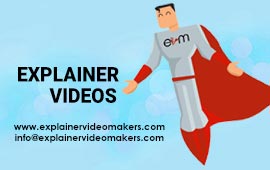
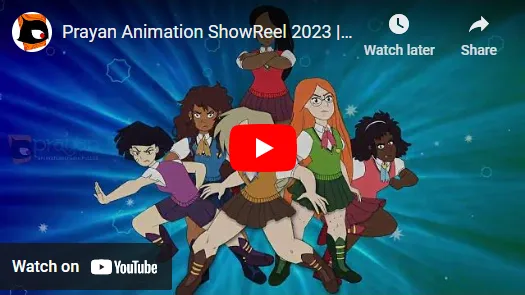




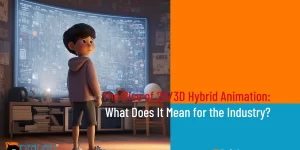
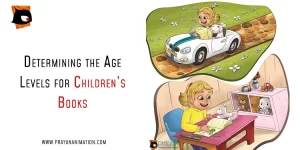
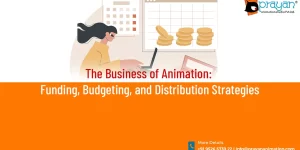



 We can help you.
We can help you. 




